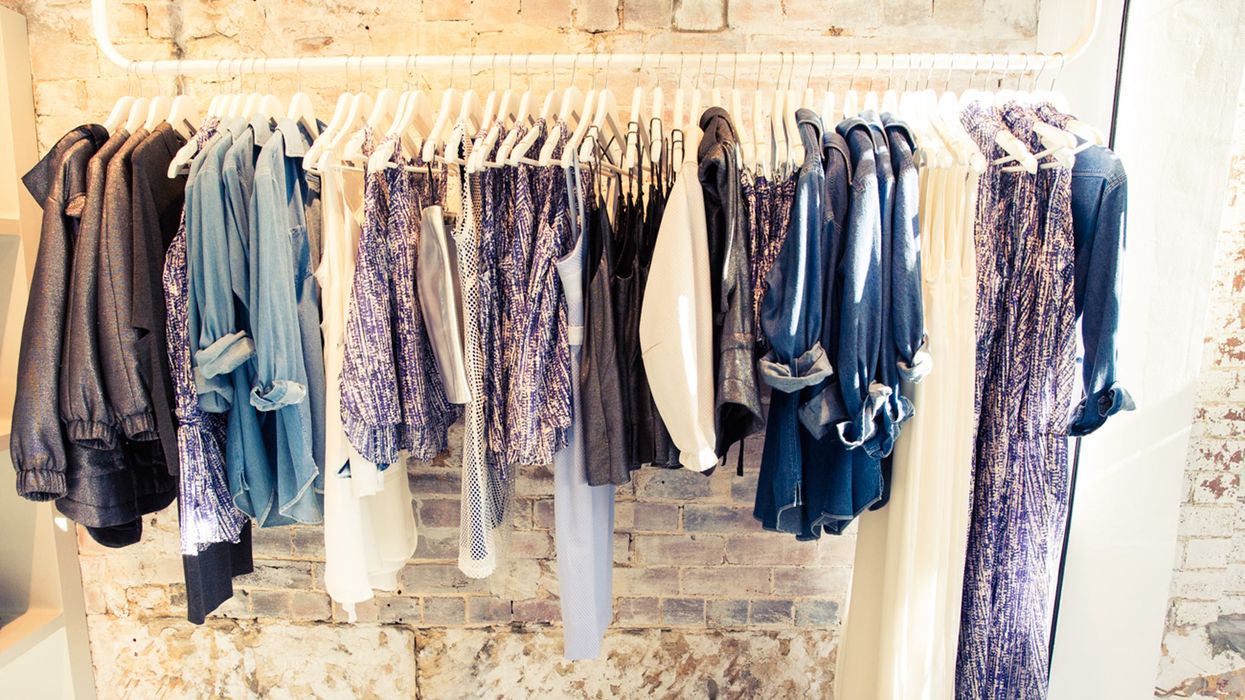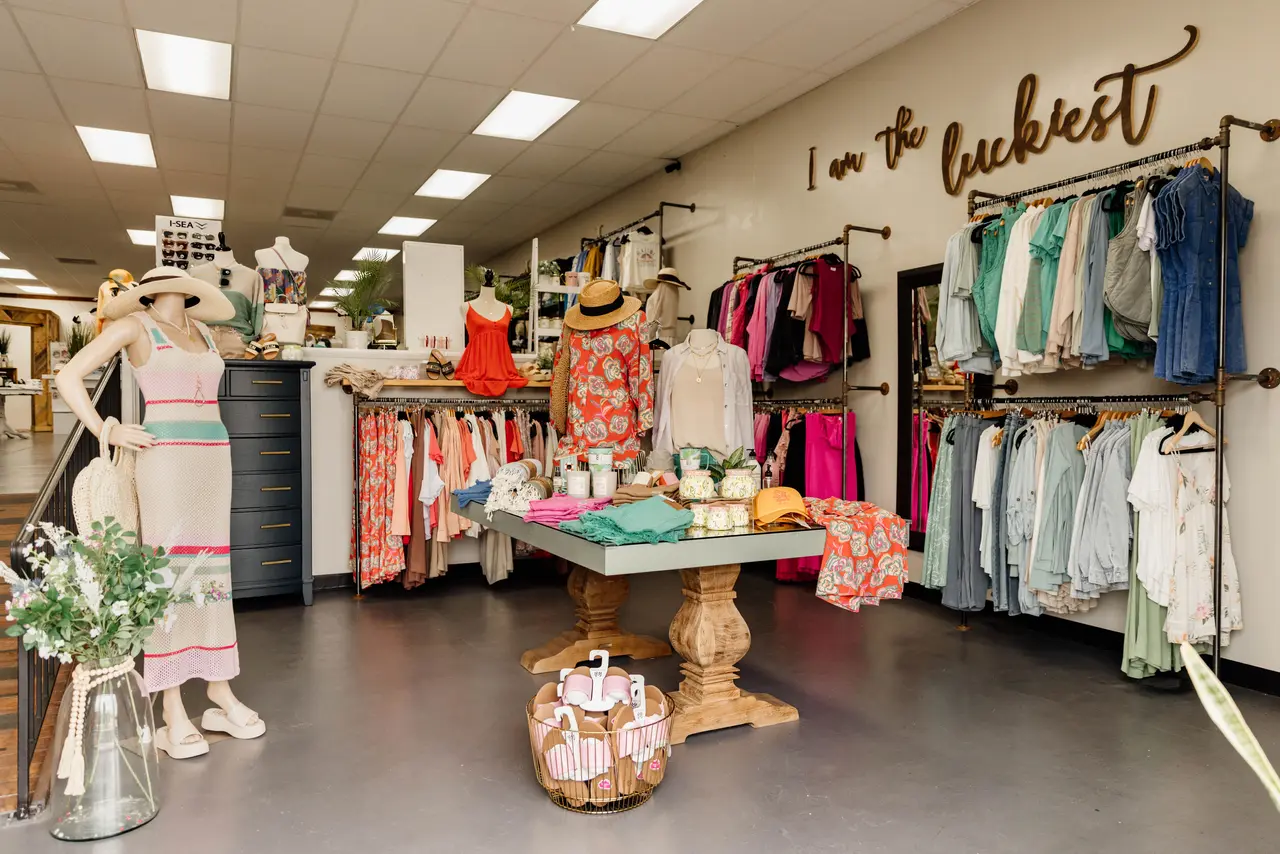The Impact of Social Media on Today's Boutique Fashion Trends
The Impact of Social Media on Today's Boutique Fashion Trends
Blog Article
A Deep Study the Globe of High-Fashion Runways: Comprehending Apparel as Art
Designers, much like skillful musicians, weave complex stories with material, shade, and kind, redefining and testing typical standards charm standards. As we discover these sartorial spectacles, we must ponder: what function does fashion play in forming social values, and how does it mirror the ever-changing tapestry of human feeling and identity?
The Evolution of Runway Shows
The trajectory of path programs has actually changed considerably over the decades, progressing from unique sector occasions to exciting eyeglasses that blend fashion with art. Typically, runway shows were intimate events, held in ateliers or tiny locations, primarily gone to by buyers and industry experts. These early presentations focused on the garments' craftsmanship and industrial viability, providing a functional and direct screen of seasonal collections.
As the fashion industry expanded, the nature of runway shows began to transform. The 1970s and 1980s noted a turning factor, with developers seeking to identify themselves with even more staged presentations.
In the last few years, modern technology and social networks have actually better transformed runway programs, making them accessible to an international target market. Livestreaming and electronic platforms have democratized fashion, enabling lovers worldwide to witness these events in real-time (boutique fashion). This development shows a more comprehensive social change, where high-fashion runways serve as a dynamic intersection of efficiency, style, and innovation
Designers as Dreamer Artists
Developers in the high-fashion industry have actually blurred the lines in between functional garment development and the conceptual world of art. By welcoming creative disciplines such as sculpture, paint, and avant-garde setups, designers craft garments that challenge traditional fashion standards and elevate them to art kinds.
Visionary designers attract inspiration from a myriad of resources, including abstract art, historical references, and individual narratives. They have a distinct capacity to picture and materialize concepts that press the boundaries of standard fashion, typically redefining aesthetic standards in the process. This imaginative ingenuity is showcased through dramatic silhouettes, innovative materials, and elaborate workmanship, which invite audiences to experience style as even more than simply wearable items.
Additionally, the path functions as a canvas for these artists, where lighting, music, and set style coalesce to develop immersive experiences. These discussions are not simply displays of clothes however are coordinated performances that evoke emotion and provoke thought, verifying the developer's function as a true musician in the contemporary social landscape.
Cultural Impacts in vogue
Cultural tapestry weaves its complex patterns right into the textile of style, affecting developers globally. The dynamic interchange of social tales, traditions, and symbols informs and inspires collections that grace high-fashion runways. Developers meticulously draw from their heritage or engage with societies distinctive from their very own, crafting garments that function as visual narratives. This cultural dialogue not just improves the visual diversity More hints yet likewise promotes a deeper understanding and admiration of global identifications.
The impact of culture on style is usually seen in the reinterpretation of standard garments and patterns. The use of Japanese robes, Indian saris, or African prints in contemporary style mirrors a blend of social authenticity and modern-day aesthetic appeals. Developers such as Valentino's Pierpaolo Piccioli and Alexander McQueen's Sarah Burton have been recognized to integrate abundant cultural themes into their couture collections, converting history into wearable art.

Technology in Textile and Layout
Innovation in fabric and layout continually improves the landscape of high-fashion, pressing limits and redefining opportunities. Recently, technological improvements have actually substantially added to this development, introducing materials that challenge traditional understandings. Textiles embedded with smart fibers, efficient in changing shade or managing temperature level, are no much longer restricted to the realm of science fiction. Developers are progressively checking out the integration of innovation, such as 3D printing, which permits for the production of intricate frameworks that were previously unimaginable.
Additionally, sustainability has actually ended up being an essential theme in material advancement. The apparel industry is witnessing a rise in using green materials, obtained from recycled plastics, natural fibers, and also naturally degradable components. These advancements not only offer brand-new structures and visual find more appeals yet also address essential environmental problems. Designers are accepting these products to craft garments that are both visually striking and mindful of their environmental impact.
In terms of style, experimental types and progressive shapes are constantly revolutionizing the path. By incorporating cutting-edge strategies and unusual materials, developers grow garments that blur the line in between fashion and art, establishing brand-new standards for creativity and expression in the high-fashion sphere.
Effect of Fashion on Society
Style possesses a profound influence on culture, offering as both a representation of cultural identity and a driver for social change (boutique fashion). With its development, fashion has actually mirrored societal changes, encapsulating the zeitgeist of numerous eras.
Furthermore, style has the power to bridge social gaps, cultivating understanding and recognition among varied groups. As globalisation speeds up, the cross-cultural exchange of fashion concepts becomes significantly considerable, promoting inclusivity and variety. moved here The rise of streetwear, stemming from urban subcultures, highlights how style can transcend socio-economic borders, approving people a way of self-expression and empowerment.
In significance, fashion is not just regarding aesthetic appeals; it is a dynamic pressure that influences worths, attitudes, and social development (boutique fashion). By continuously connecting with social and cultural currents, fashion continues to be an indispensable part of the cumulative human experience

Final Thought
Developers, comparable to visionary artists, manage collections that show identity, feeling, and social narratives, challenging traditional visual appeals. This intersection of style and virtuosity not just mesmerizes audiences globally yet likewise influences social assumptions and promotes a deeper admiration for social variety.

Social tapestry weaves its intricate patterns into the textile of style, influencing designers around the world.Fashion wields an extensive impact on culture, serving as both a reflection of social identification and a catalyst for social modification.
Report this page